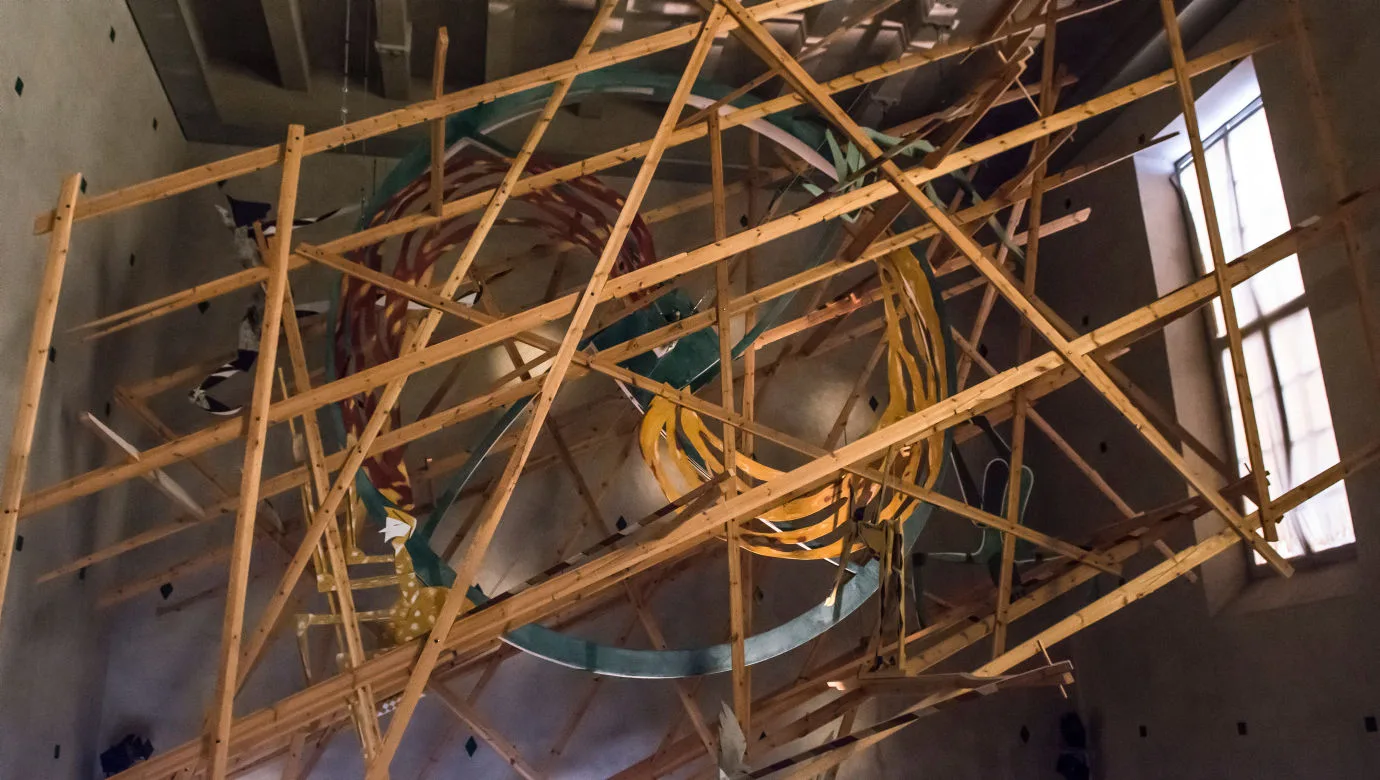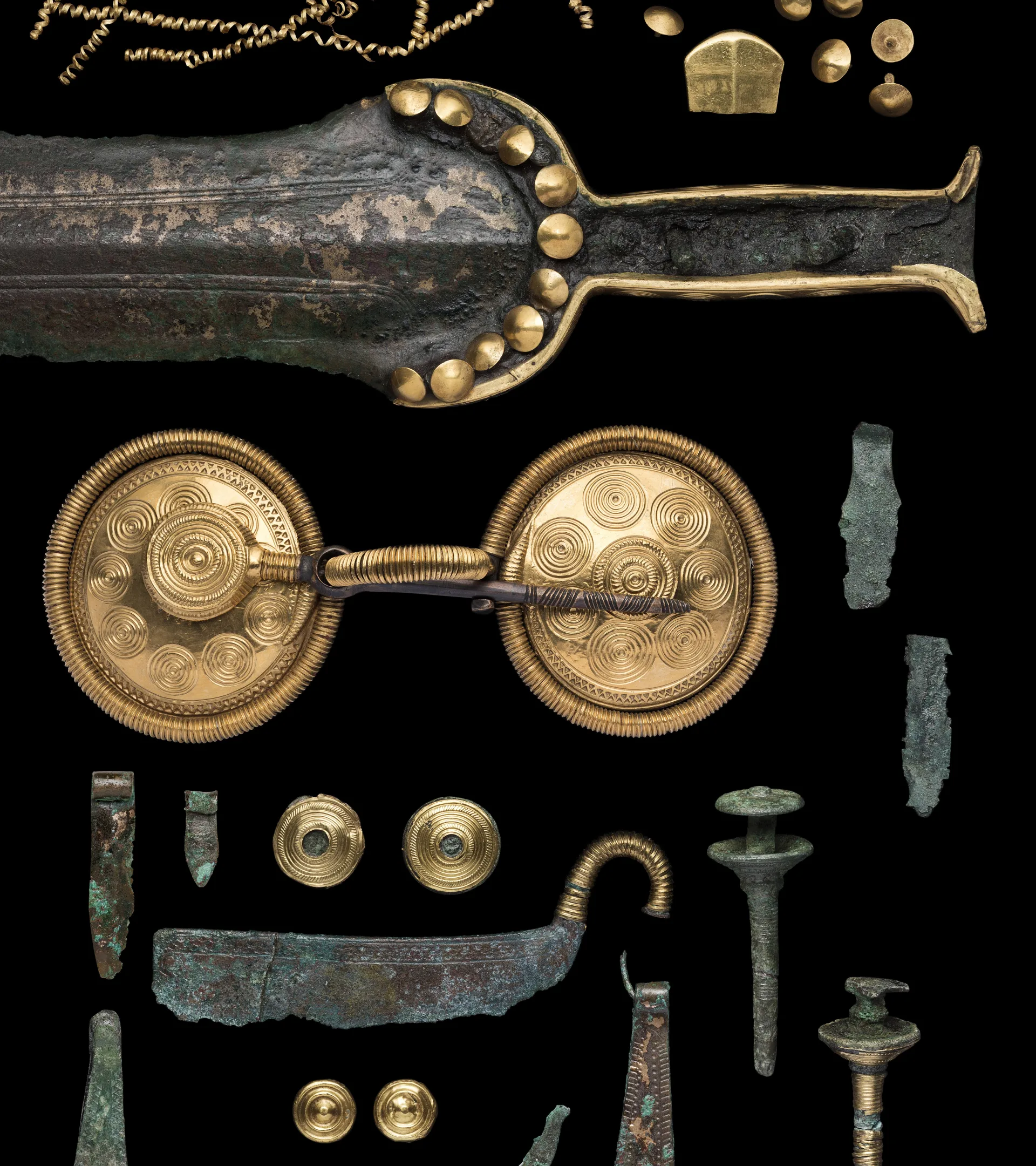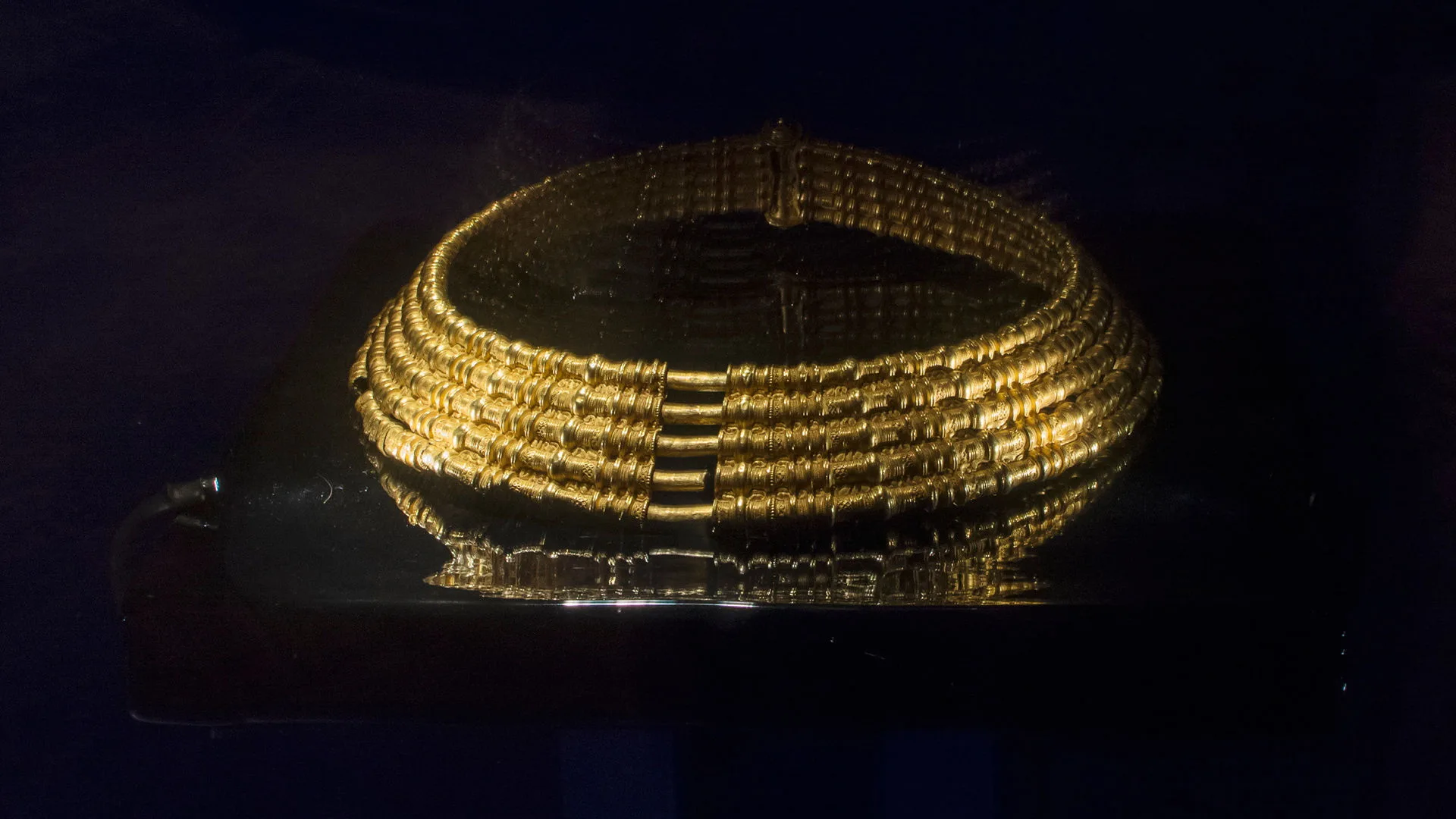History of the museum
The museum building at Östermalm in central Stockholm was inaugurated in 1943. Since then, the Swedish History Museum has displayed its most prominent objects here and housed a large part of its collections.


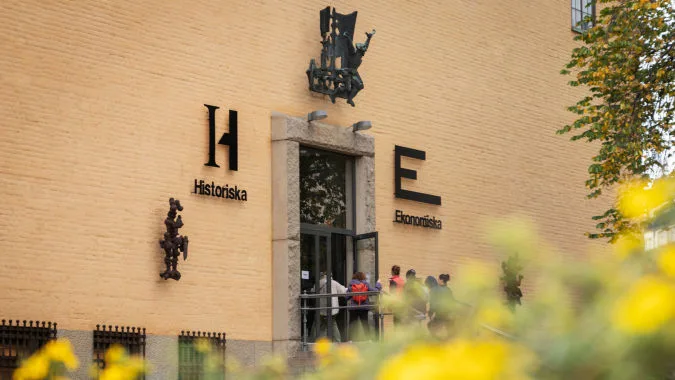
Photos, left: Katarina Nimmervoll, The Swedish History Museum/SHM. Aerial photo: L G foto, Leif Gustavsson. Right: Amina Dahlab, The Swedish History Museum/SHM.
The beginnings
The collections of the Swedish History Museum were originally housed in various locations around Stockholm. From the 1860s, they were kept at the Nationalmuseum. In 1929, the barracks on Storgatan were proposed as a suitable site for the State Historical Museum.
An architectural competition
In 1930, the National Board of Public Building held an architectural competition calling for proposals for a new museum building. No first prize was awarded, but second prize went to architects Bengt Romare and Georg Scherman together with engineer Gösta Nilsson, for their functionalist proposal “New and Old.” They were commissioned to further develop their design in collaboration with the National Board of Public Building and the National Heritage Board.
Buildings with different stylistic influences
The original functionalist proposal was modified. The buildings became a balanced compromise between modernism and neoclassicism, showing influences from the 1930 Stockholm Exhibition. There are also traces of inspiration from medieval architecture as well as from the Swedish classicism that was prominent at the time.
Construction of the buildings took place between 1934 and 1939. The museum has the appearance of a castle, with four wings of two and three stories enclosing a large courtyard. The exhibition halls are arranged around this courtyard. The façade is austere, and the entrance side is decorated with sculptures by Bror Marklund from the 1950s. At the entrance were once heavy bronze doors, also by Marklund, depicting scenes from paganism to the Middle Ages.
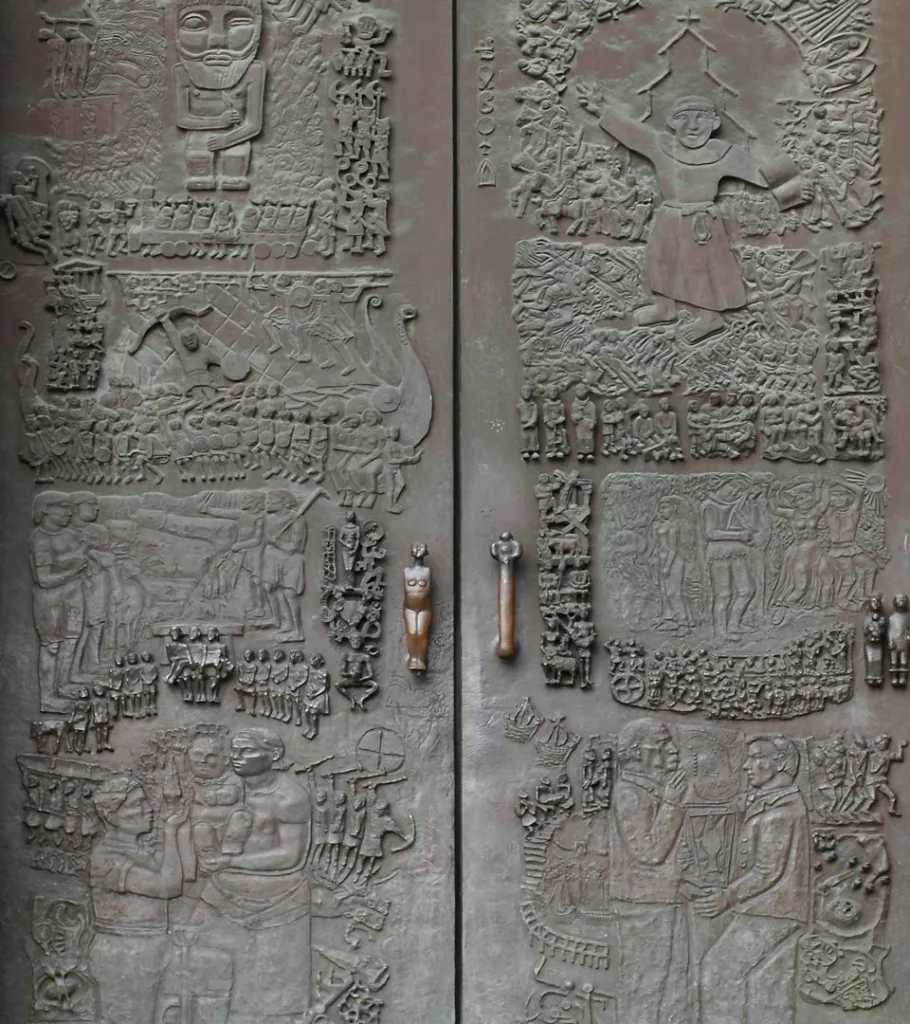

Historical photos of the museum facade with bronze doors designed by artist Bror Marklund. Photo left: Christer Åhlin, right: Katarina Nimmervoll. The Swedish History Museum/SHM, CC-BY 4.0.
The Gold Room
In 1994, the Gold Room was established in the museum’s lower level thanks to funding from the Knut and Alice Wallenberg Foundation.
A large concrete vault was blasted out beneath the central courtyard. Here, the gold exhibition is housed along with a service room for climate control and storage facilities. Native materials were used in the construction, such as scrubbed limestone and cut diabase for the floors and columns.

The wheel in the staircase
In the ceiling of the stairwell leading to the exhibition History of Sweden hangs a large wooden sculpture in the shape of a wheel. The Wheel of Life was created by artist Lenny Clarhäll and was originally intended as a portal to a temporary exhibition shown at the museum.
The artist drew inspiration from medieval churches in Sweden. The motif of the turning wheel—where a person ascends, stands at the top, and then descends—symbolizes the human life cycle and was a common theme in medieval art. A fine example of this motif can be found in Albertus Pictor’s famous wall painting in Härkeberga Church in Uppland. The wheel in the sculpture is surrounded by a large beam construction, inspired by the roof trusses found in many medieval churches.
